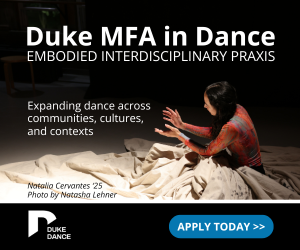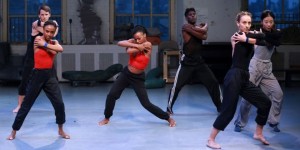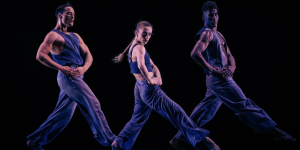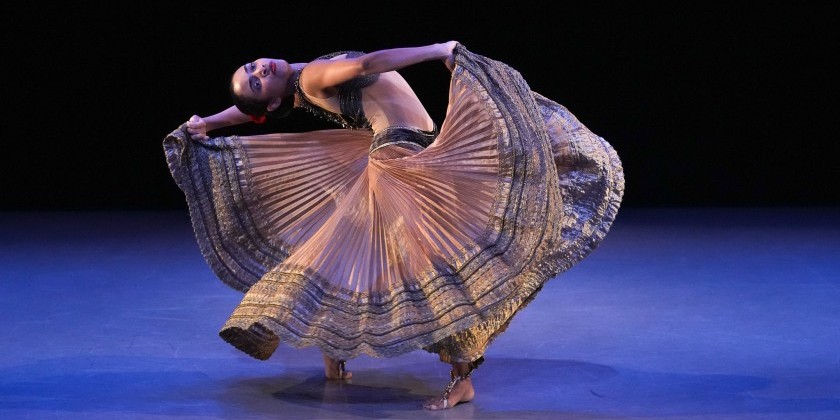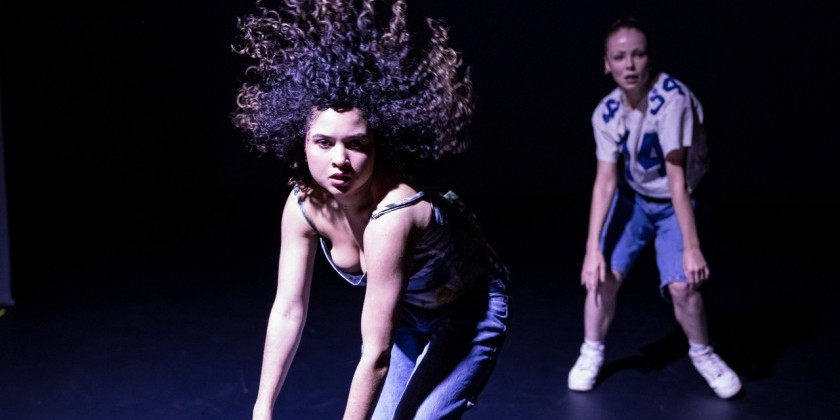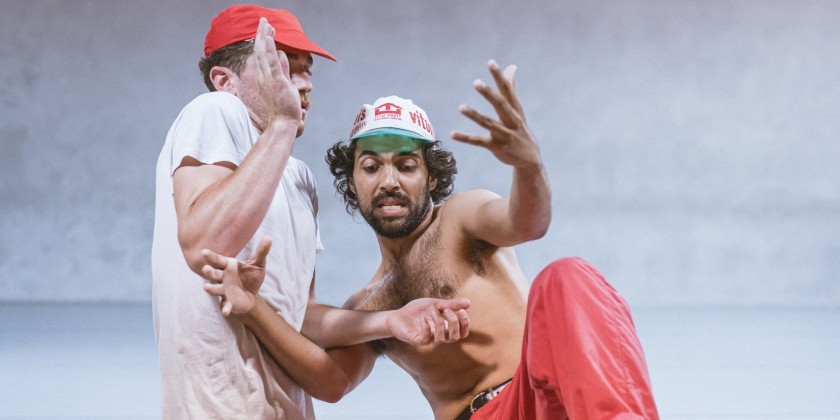
MOVING VISIONS: Wendy Perron on The Year of Women Dance Makers
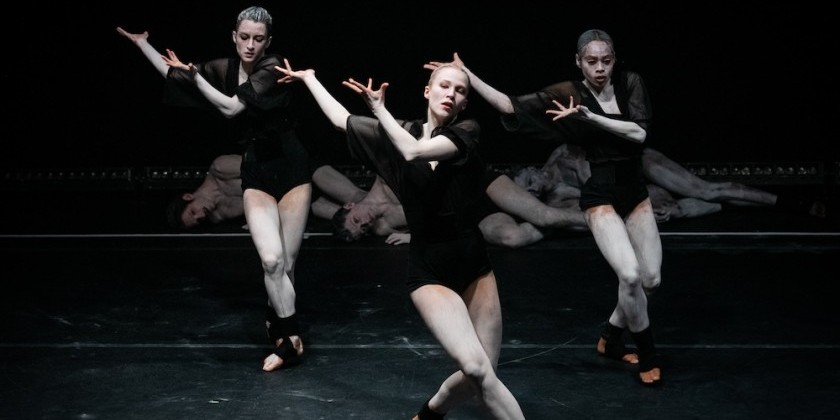
From 92NY's "Women Move the World" to Martha Graham's Dance Company's Centennial, Women Reign This Dance Season
It was curator Alison Manning’s brainstorm to create an all-woman slate for this year at the Harkness Dance Center of 92NY. Although women have always been central to contemporary dance, Manning felt that this is a good time to focus on creative women in our field.
“We are in a moment,” she said in a phone interview, “where women's rights and voices and even bodies seem to be under renewed threat.” As someone who is appalled by our current regime’s backward-thinking restrictions on women’s health and lives, I greet Manning’s “Women Move the World” as both a celebration and a protest.
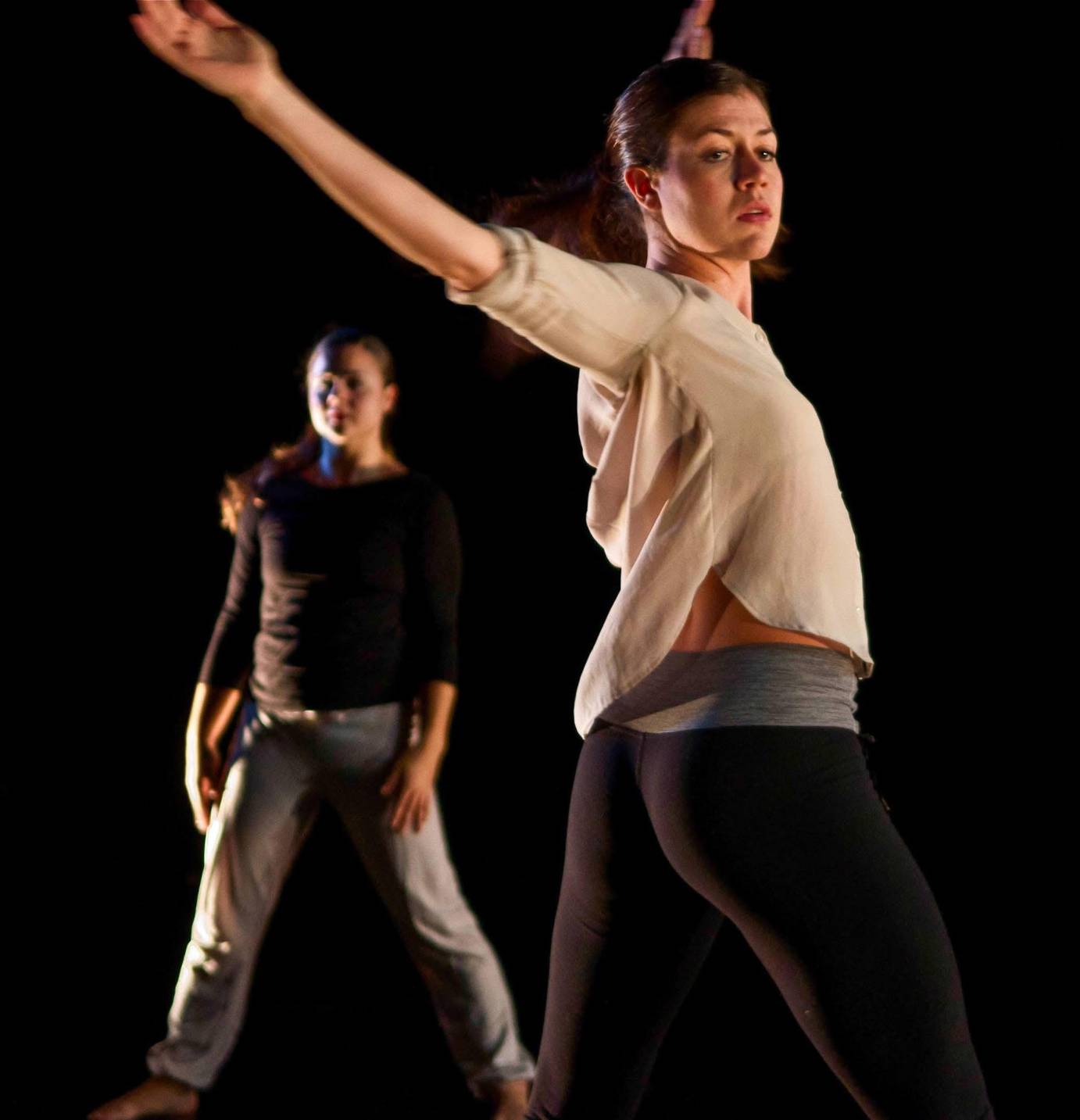
Historically, the 92nd Street YM-YWHA (now 92NY) was the home of early works by Martha Graham, Doris Humphrey, Pearl Primus and many others. But this is the first time that Harkness — or probably any presenter — has committed to a whole year of honoring our gender’s contributions.
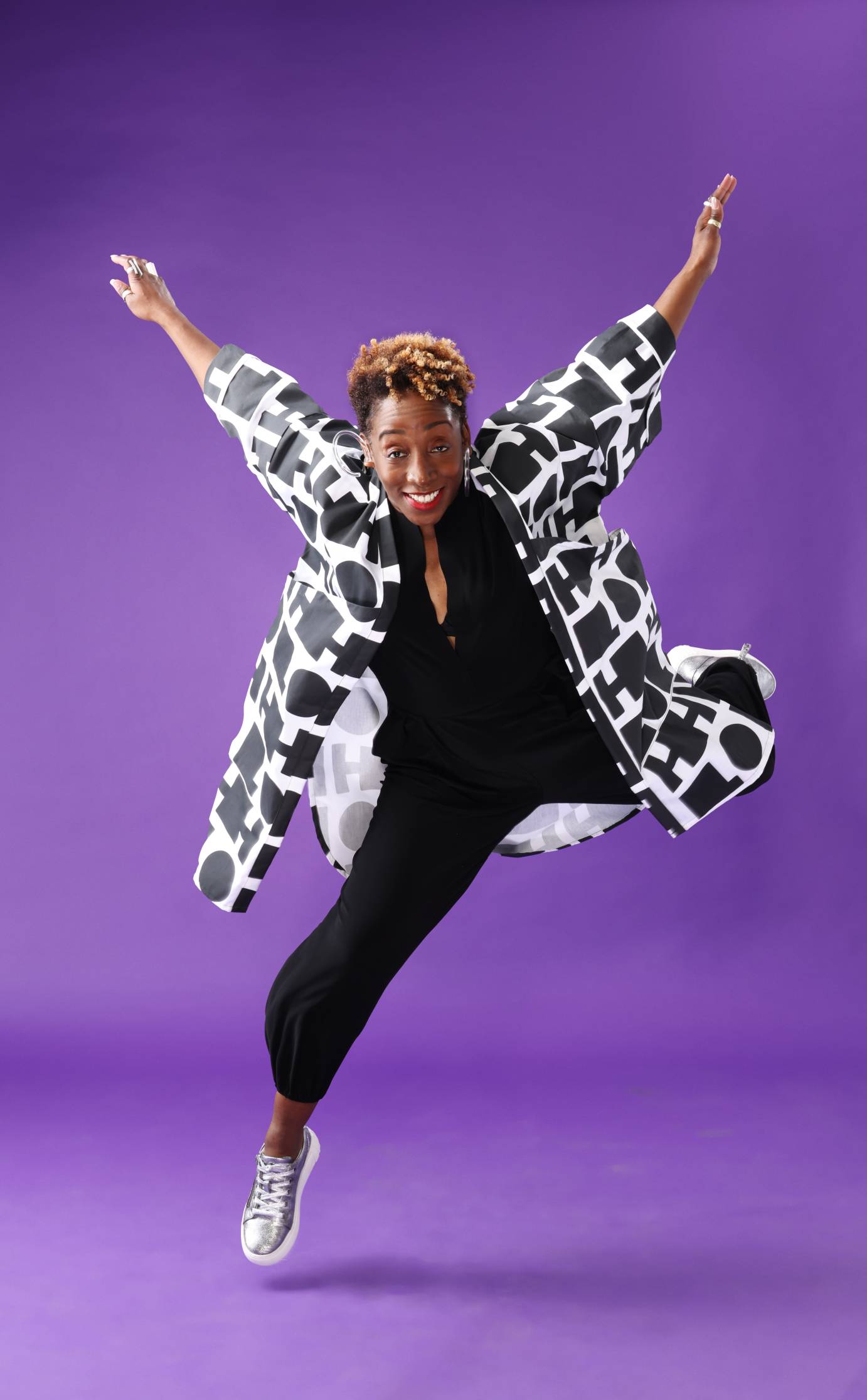
From the first kickoff with LaTasha Barnes’ Swing Dance Party on September 13, 2025, to the last evening celebrating the prolific choreographer Aszure Barton in May, the series gives space to a wide diversity of women in dance today. International in its sweep, it includes premieres from Chinese American choreographer Yue Yin and French Canadian Hélène Simoneau.
Even the young dance artists who will have residencies are mostly international: Japanese tapper Naomi Funaki, Thai American choreographer Keerati Jinakunwiphat, and the American duo Dual Rivet (Chelsea Ainsworth and Jessica Smith).
For sensitive moments of vulnerability, Heidi Latsky, who recently underwent brain surgery, will contemplate her own medical frailty in Who Am I Now?, and Andrea Miller reprises her 2009 work Blush, which turns an involuntary reaction into a harrowing investigation of intimacy.
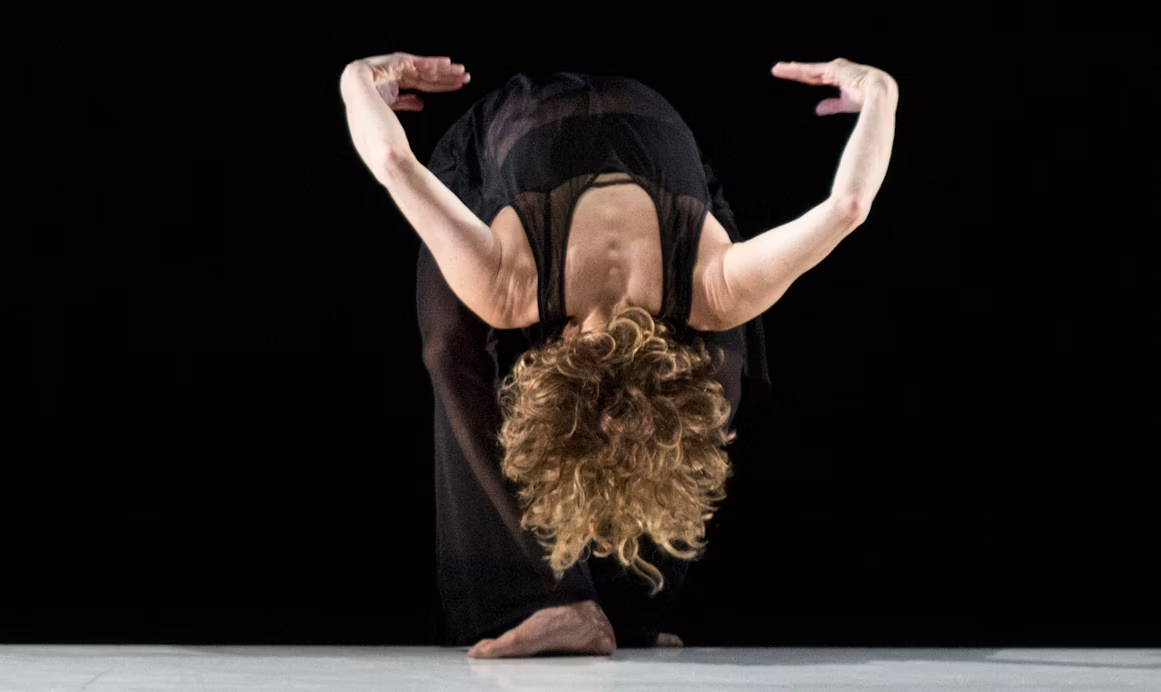
The longtime collaboration between sublime postmodernist Jodi Melnick and NYCB star Sara Mearns gains a new layer of historical awareness when Melnick’s Superbloom (Dancing Into Choreographic Forms) incorporates shards of historic works by Anna Sokolow and Doris Humphrey. And Melnick, as she wrote in an email to me, will be looking back on her “rich history of working with such illustrious female choreographers as Sara Rudner, Twyla Tharp, Trisha Brown, Iréne Hultman, Vicky Shick, and Susan Rethorst.”
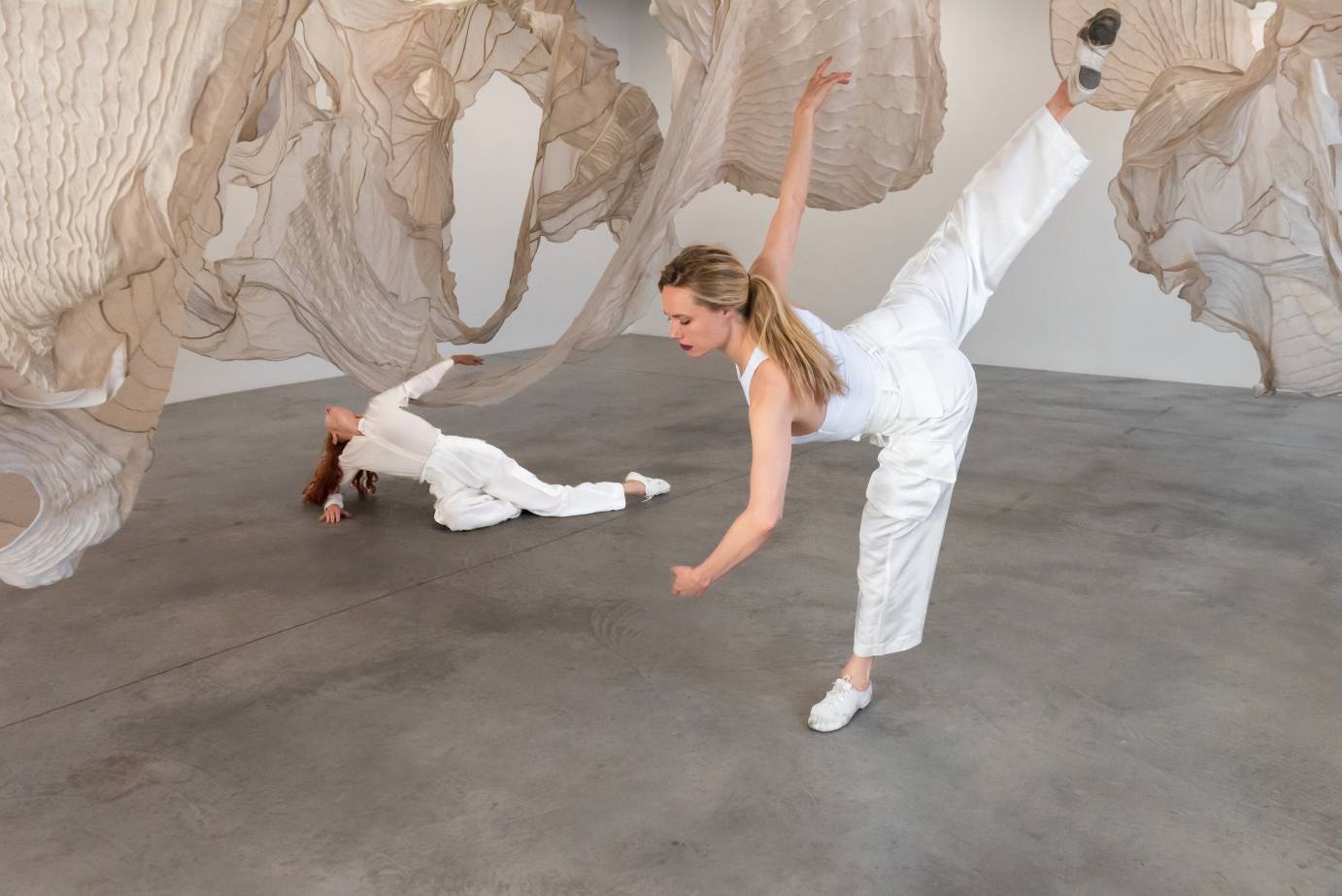
The Harkness season also includes three short festivals, each one embracing community in a different way.
“I'm a believer in relationships and community,” said Manning, who is co-executive director with Erin Lally. “Women are about community building. That's what we do. We have a sensitivity and a vulnerability, but also a strength in bringing people together and creating community wherever we go.”
In February, the full-day Festival of India’s Classical Arts in Cross-Cultural Dialogue is curated by Kathak expert Rachna Nivas. Titled What Flows Beneath, it includes Indian classical dance and music, traditional foods, and an intergenerational gathering of women artists. It culminates in a rhythmic interplay of percussive art forms with Nivas, Dormeshia, Michelle Dorrance, and scholar Rukhmani Mehta.
The Uptown Rhythm Dance Festival, co-curated by Manning and Dorrance, gathers rhythmic dance of many persuasions, including Dormeshia’s Ladies in the Shoe, co-sponsored with Works & Process. The last of the festivals, Future Dance Festival, is now in its fifth year of cultivating young talent.
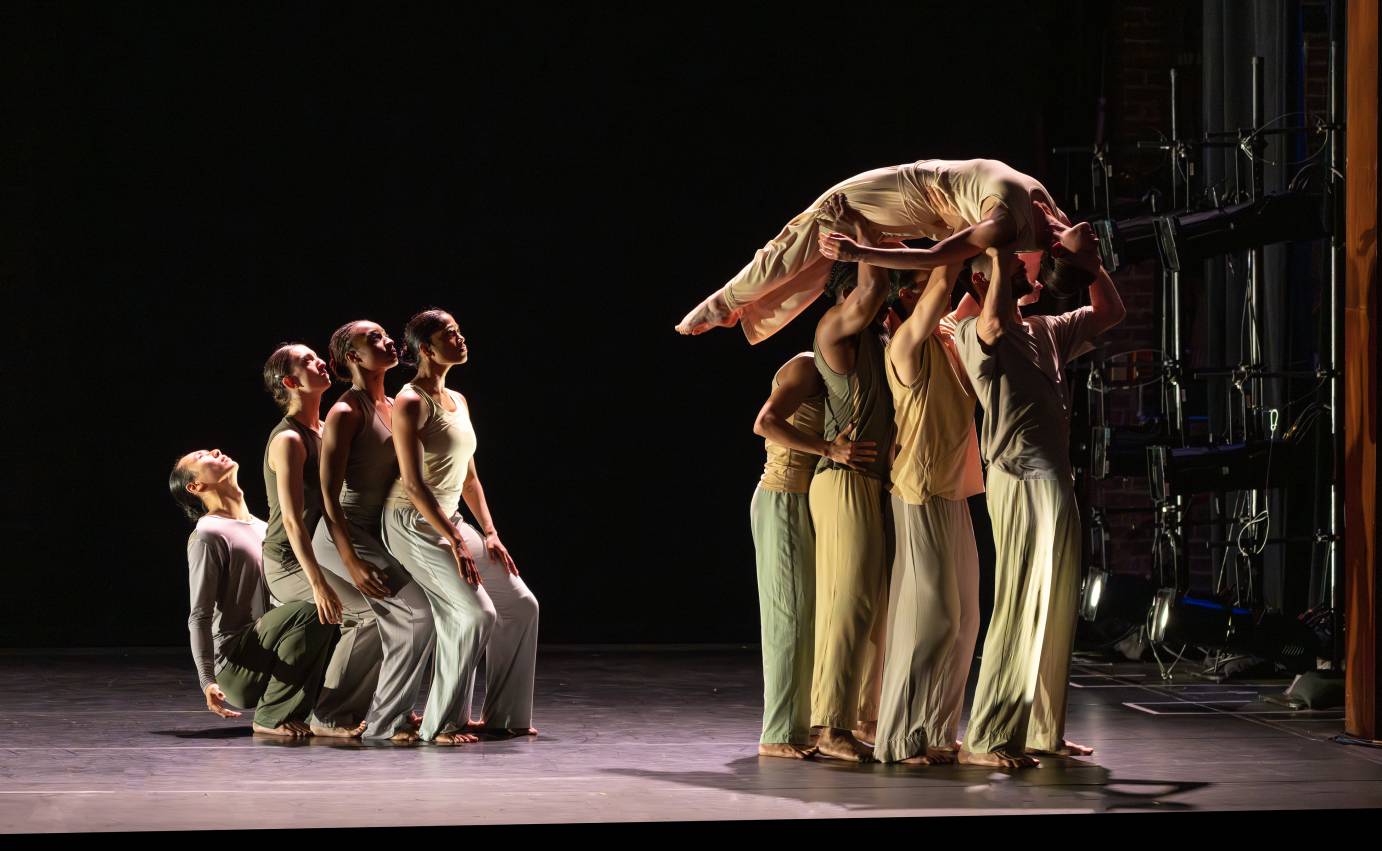
As mentioned, the season concludes with a feast of Canadian-born Aszure Barton’s choreography, which always fascinates with its daring and originality. Possibly the busiest choreographer in North America, she’s resident artist of Hubbard Street Dance Chicago and was just named an artist in residence at Gauthier Dance in Germany. In this Evening With Aszure Barton, the cast will include dancers from those two companies as well as from her own, Aszure Barton & Artists | AB&A.
The Harkness Dance Center is not the only presenter offering a goodly dose of women choreographers. The bounty of female dance makers extends throughout New York City and beyond, so I’ll point out some highlights. Next month American Ballet Theatre mounts Twyla@60: A Tharp Celebration with Partita, Sextet, and Push Comes to Shove — the ballet that made Mikhail Baryshnikov an American. (Let me add, there aren’t many dancemakers of any gender who can pull off a whole evening of work at Lincoln Center.)
Next spring, Ballet Hispánico’s evening titled MUJERES: Women in Motion at City Center commissions three Latina women: Brazil’s Cassi Abranches, Cuba’s Marianela Boán, and Chicago’s Stephanie Martínez.

Some dance artists have met our drastic times with drastic visions of their own. Kimberly Bartosik’s new bLUr, a co-production between New York Live Arts and L’Alliance Française’s Crossing the Line Festival, exposes a kind of rough-hewn, ultra needy intimacy. Also at NYLA, the Kenyan American dance artist Wanjiru Kamuyu creates visceral landscapes of the body in Fragmented Shadows.
Japan-born Eiko Otake and China-born Wen Hui address the question What Is War, in a collaboration/confrontation that tours several cities before it gets to BAM’s Next Wave Festival — check out the touring schedule for this fall.
Nora Chipaumire, harking back to the social ferment in her home country of Zimbabwe, presents dambudao, an immersive performance at REDCAT in Los Angeles.
Andrea Miller envisions a primal kind of crisis in her new Mother, at The Joyce Theater.
Perhaps the uncanniest of all crisis choreographers is Faye Driscoll, who often portrays life as gradually, bizarrely, inevitably spinning out of control — click here to see where she is touring her astonishing piece Weathering.
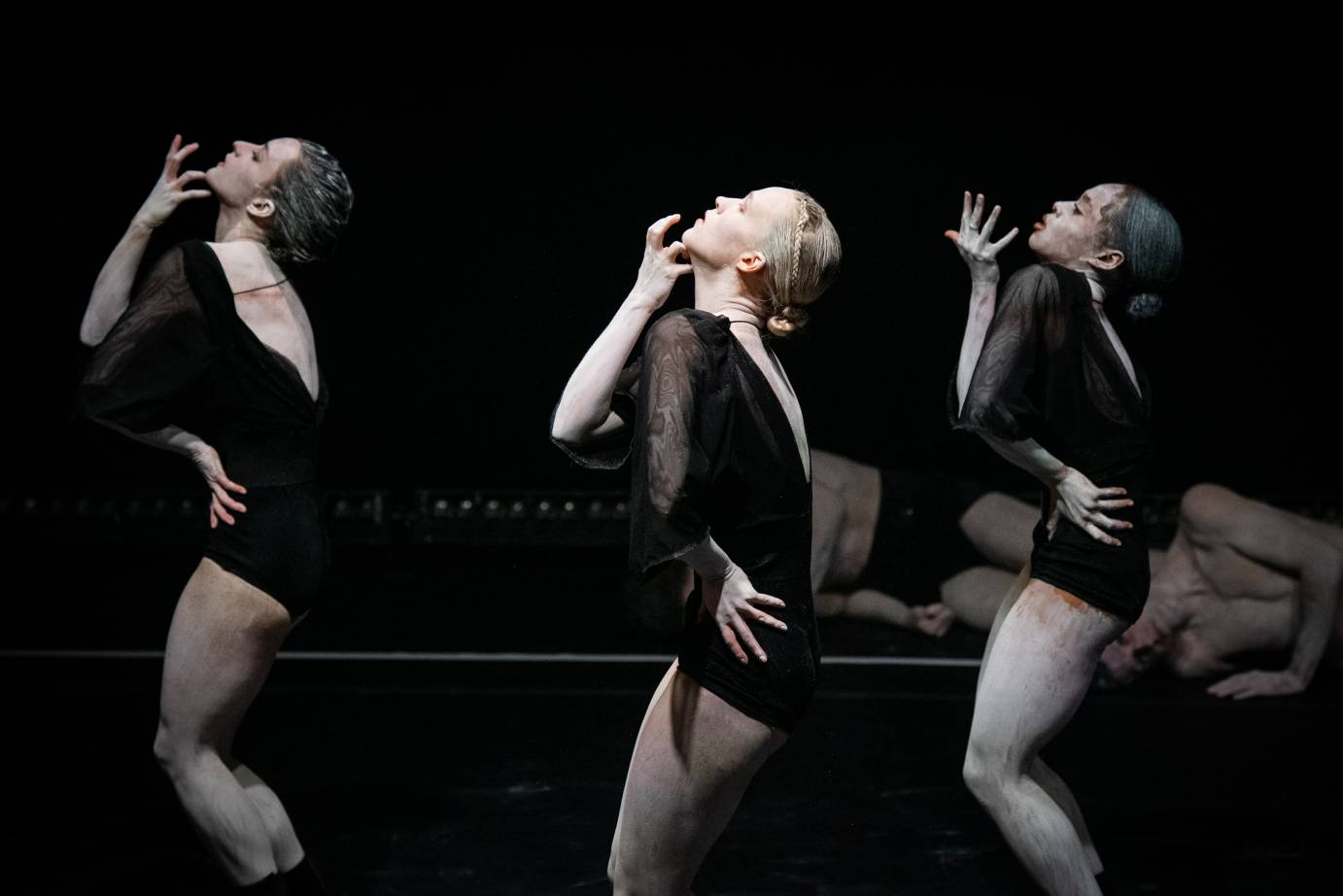
For lighter fare, Ephrat Asherie, whose cultural mashup spans breaking, hip hop, salsa, club, and whacking, brings her new work Shadow Cities to Philadelphia in November and The Joyce Theater in December.
Fresh from her triumph as curator of the Jerome Robbins festival at The Joyce Theater, NYCB star Tiler Peck returns to City Center with Turn It Out with Tiler Peck & Friends in October. The program stretches the limits of ballet with four works Peck has recently produced: William Forsythe’s whiplash Barre Project, Blake Works II; Peck’s own Thousandth Orange, set to live music by Caroline Shaw; Swift Arrow, the duet that Alonzo King created for her and Roman Mejia (now her husband); and Time Spell, an exuberant stylistic mashup she made with Dorrance.
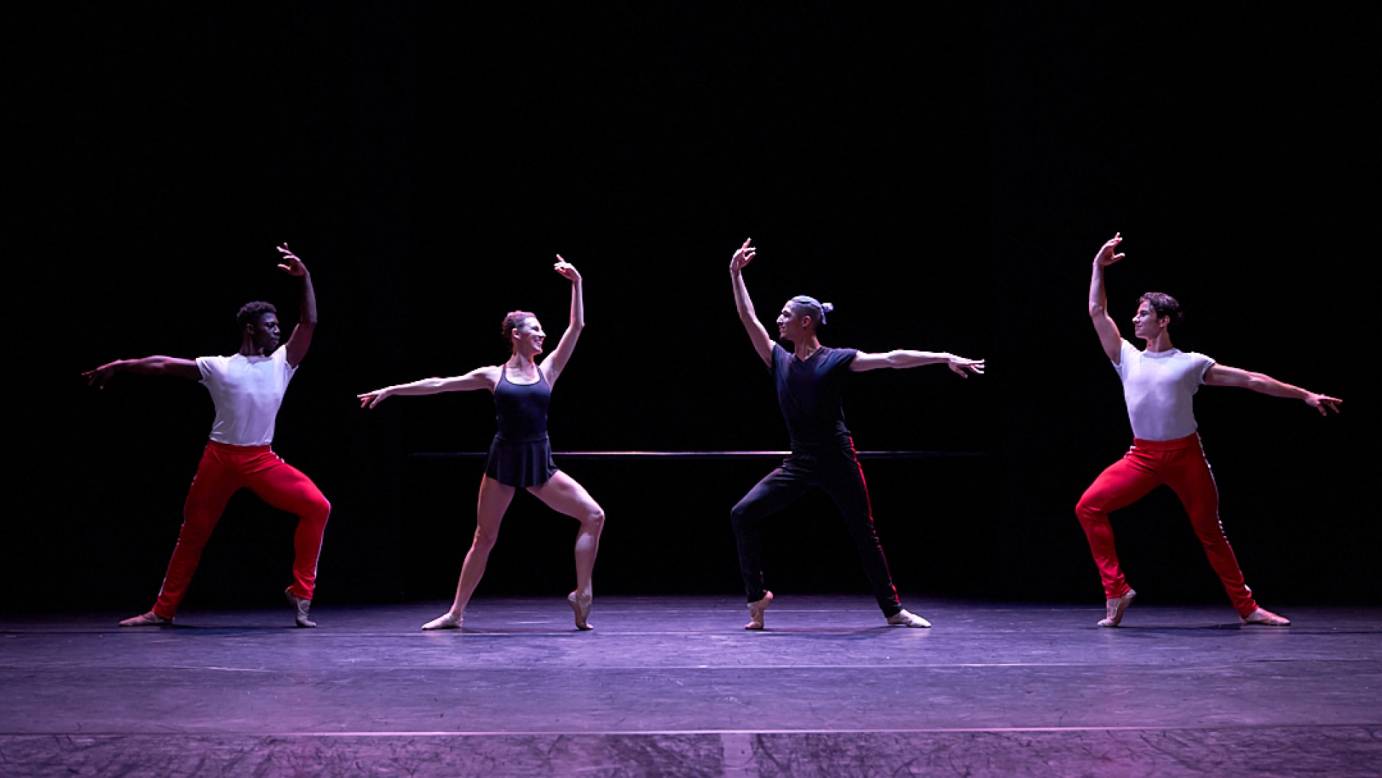
In her new piece, Drop Dead…Gorgeous, Tamar Rogoff tackles our relentless obsession with youth and beauty. This full-evening multimedia production, coming to La MaMa in October, imagines a TV game show where contestants can win the dream body, part by part. More than just identifying the problem, Rogoff offers an alternate view of aging with her improvisational practice of “body-scripting.”
Another interdisciplinary work is brewing at The Chocolate Factory Theater in Queens. Called nothing personal, just everything, it’s a collaboration between six women: choreographer Netta Yerushalmy, lighting designer Tuçe Yasak, visual artist Mieke Ulfig, writer Katherine Profeta, composer Paula Matthusen, and filmmaker Alla Kovgan. I like how anarchistic the press release sounds: “Interrogating ideas of femaleness, fleshiness… and the survival practices of their artist-heroines through history, these six makers move in and out of step with one another, constructing and dismantling jagged landscapes. With no leader and no center, they propose something like a home — or at least a temporary shelter.”

Good news at New York City Ballet: for its Fall Gala, the company is reprising Gianna Reisen’s intuitive and witty Composer’s Holiday (2017). She was only 18 when she made it — the youngest dancemaker ever commissioned by NYCB! Her more recent Signs also returns this fall and again in the Winter Season.
Pam Tanowitz’s much lauded Pastoral, a co-production with Bard’s Fisher Center, with commissioned music by Caroline Shaw and visual design by Sarah Crowner, arrives at Lincoln Center’s Rose Theater in January.
Urban Bush Women will be on tour with its “This Is Risk” program, looking back through its 40 years of breakthrough portrayals of women as equal parts warriors and storytellers. Meanwhile, the founder of UBW, Jawole Willa Jo Zollar, will be this year’s Artist in Residence at Alvin Ailey American Dance Theater.
Also at Ailey, Cuban American theater director Maija García (she worked with Bill T. Jones on the TONY Award–winning musical Fela!) premieres Jazz Island, based on a Caribbean folktale, for their December season at City Center. And we’ll be happy to see a new production of A Case of You, the breathtaking duet that Judith Jamison made as part of Reminiscin’ in 2005.
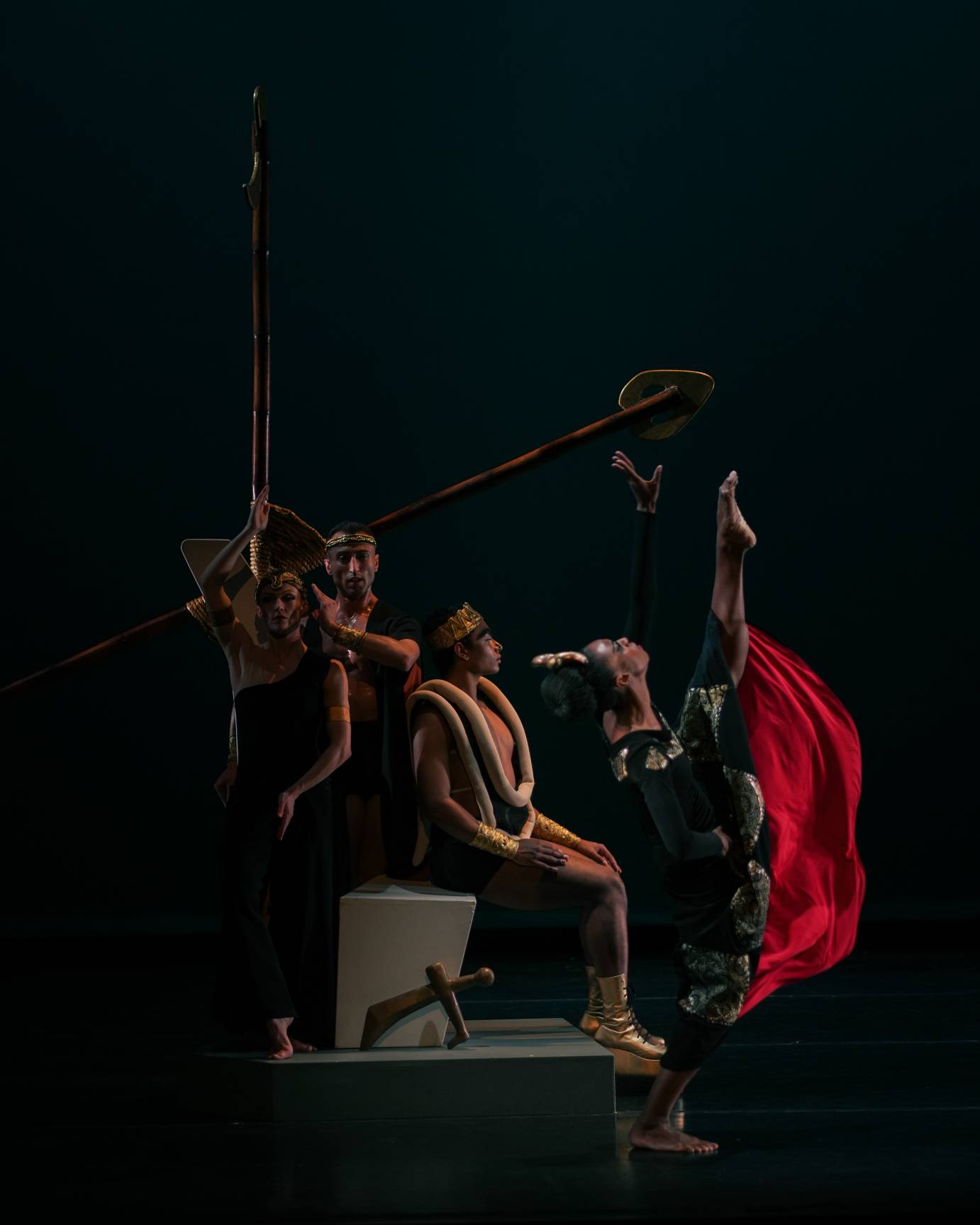
And the big one: The Martha Graham Dance Company turns 100 this spring! The company presents a program of greatest hits at City Center, with the additional enticement of a premiere by Hope Boykin. There will also be plenty of collateral activity, but that’s another story.
Created in 2020 as a way to lift up and include new voices in the conversation about dance, The Dance Enthusiast's Moving Visions Initiative welcomes artists and other enthusiasts to be guest editors and guide our coverage. Moving Visions Editors share their passion, expertise, and curiosity with us as we celebrate their accomplishments and viewpoints.




